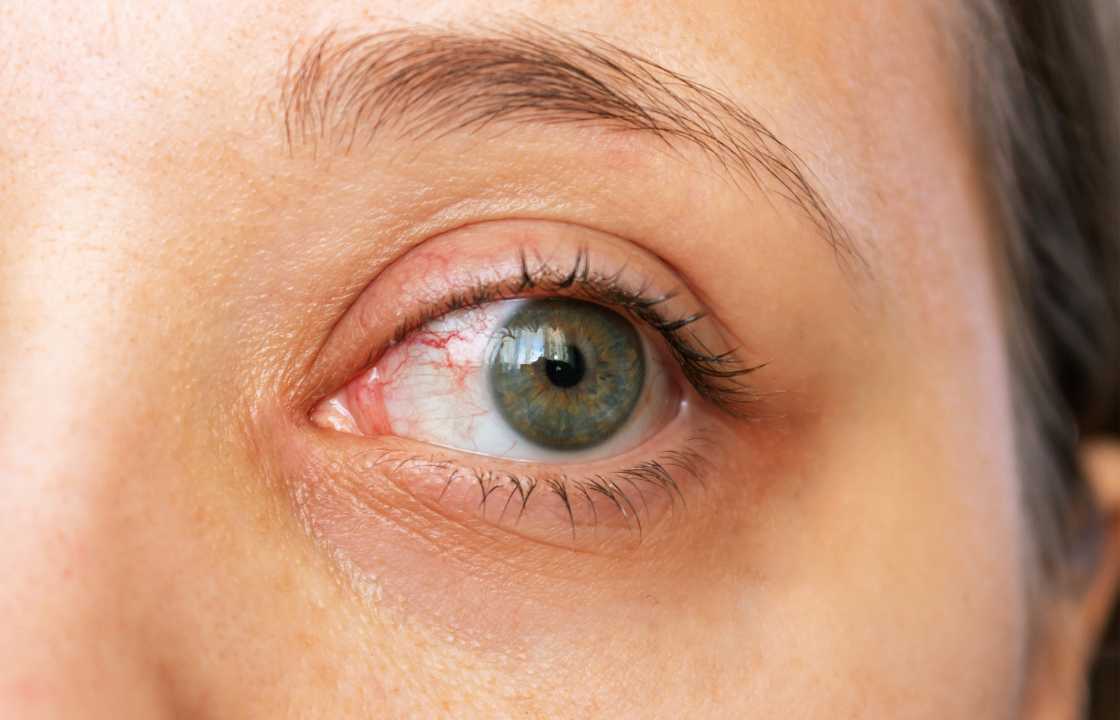Understanding the Scale of the Issue: Statistics and Treatment Gap In a 2020 report from Harvard STRIPED, the Academy for Eating Disorders, and Deloitte, it was revealed that 9 percent of the U.S. population—equivalent to 28.8 million Americans—will experience an eating disorder in their lifetime. However, only 23 percent of those diagnosed with an eating […]
Category Archives: Treatment
Migraine is a multifaceted neurological disorder characterized by moderate to severe headaches, typically occurring on one side of the head. It is a widespread condition, affecting more than 12% of the global population. Strikingly, women suffer from migraines at almost three times the rate of men. These debilitating headaches often come accompanied by additional distressing […]
ODD is a behavioral disorder experienced by some children. Many children exhibit occasional oppositional and defiant behaviors, which can be considered a part of normal developmental processes. However, in cases where a child consistently engages in a pattern of behaviors such as arguing, displaying anger, resisting authority figures including parents and adults, and demonstrating malice […]
Dry eyes are a common discomfort that most individuals encounter periodically, often arising due to factors such as allergies, seasonal illnesses, or prolonged use of outdated contact lenses. Nevertheless, the impact is significantly more pronounced for individuals grappling with dry eye syndrome, where these symptoms transcend occasional occurrences and become a persistent aspect of their […]
If you’re experiencing neck and shoulder pain, the traditional approach of rest and immobilization has been replaced by a recommendation for movement and exercise. Recent scientific evidence supports the role of stretching and muscle strengthening in the treatment of neck and shoulder pain. For instance, in cases of whiplash injury, early engagement in gentle exercise […]
Chronic pain is a complex and challenging aspect of human experience. When pain persists for more than six months, it is categorized as chronic, indicating a prolonged and often debilitating condition. Unlike acute pain, which serves as a warning signal for immediate threats, chronic pain can become a persistent presence, affecting various aspects of life. […]
Exploring Non-Pharmacological Solutions for Low Back Pain: The Role of Physical Therapy Low back pain is a prevalent and often debilitating condition that prompts individuals to seek effective solutions. In the quest to alleviate pain, especially without resorting to strong pain medications, a recent study sheds light on the potential benefits of consulting a physical […]
What is plantar fasciitis? Plantar fasciitis is a prevalent and frequently distressing foot ailment impacting a significant global population. The demographic primarily affected by this condition comprises active adults aged between 25 and 65 years. The onset of plantar fasciitis transpires when the plantar fascia, a fibrous tissue band beneath the foot responsible for arch […]
Back pain is a prevalent condition influenced by various factors, including genetics, age, and lifestyle. While certain risk factors are beyond our control, adopting a healthy lifestyle can significantly mitigate the risk of back pain or enhance coping mechanisms. This comprehensive guide explores key lifestyle factors that contribute to back pain and provides actionable strategies […]
What is a physiatrist? Physiatrists, as medical professionals specializing in physical medicine and rehabilitation, play a crucial role in delivering comprehensive and holistic care. Their expertise is dedicated to providing nonsurgical interventions with the primary goal of enhancing functionality in individuals grappling with various conditions affecting the brain, spinal cord, nerves, bones, joints, ligaments, muscles, […]










